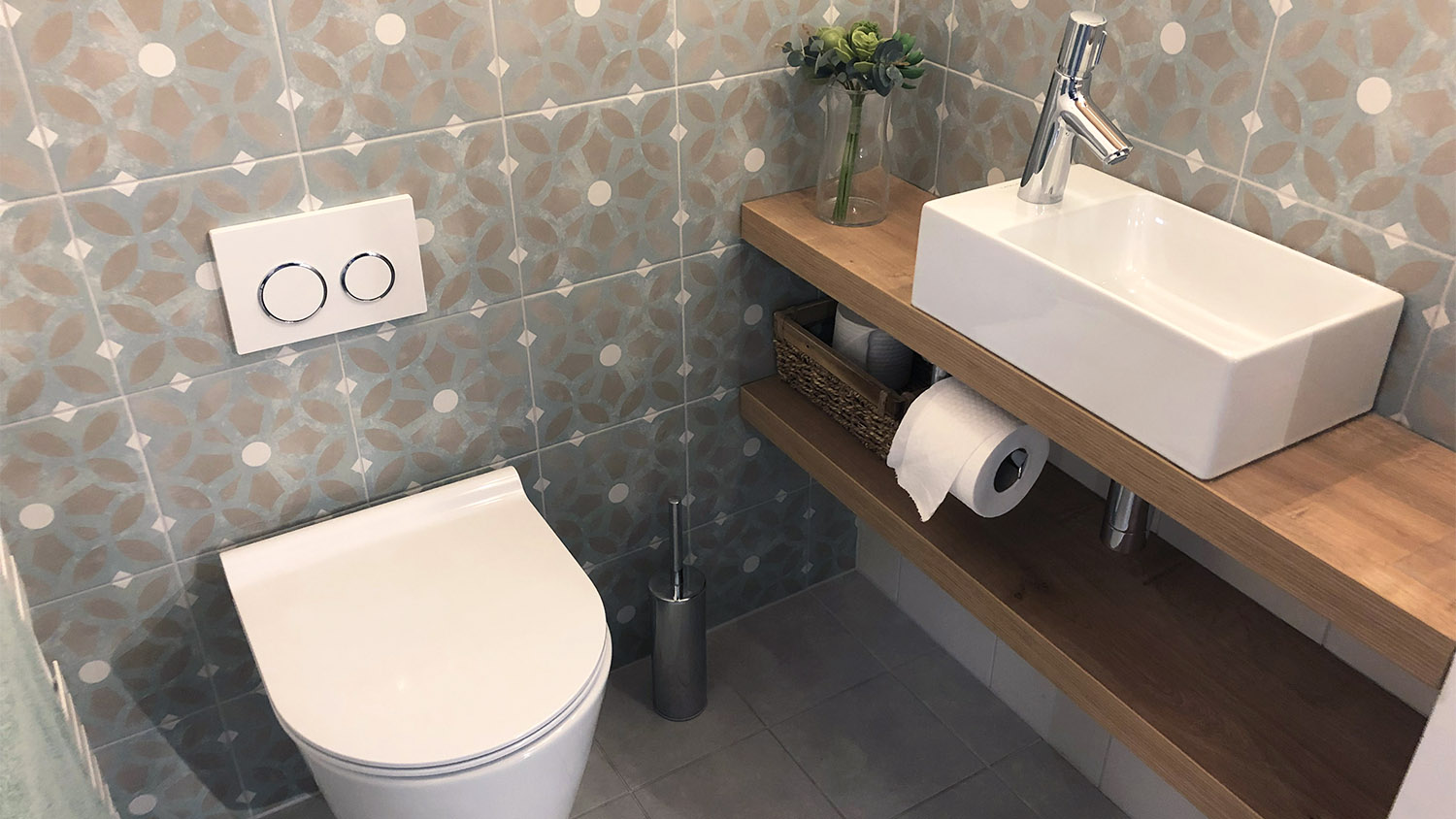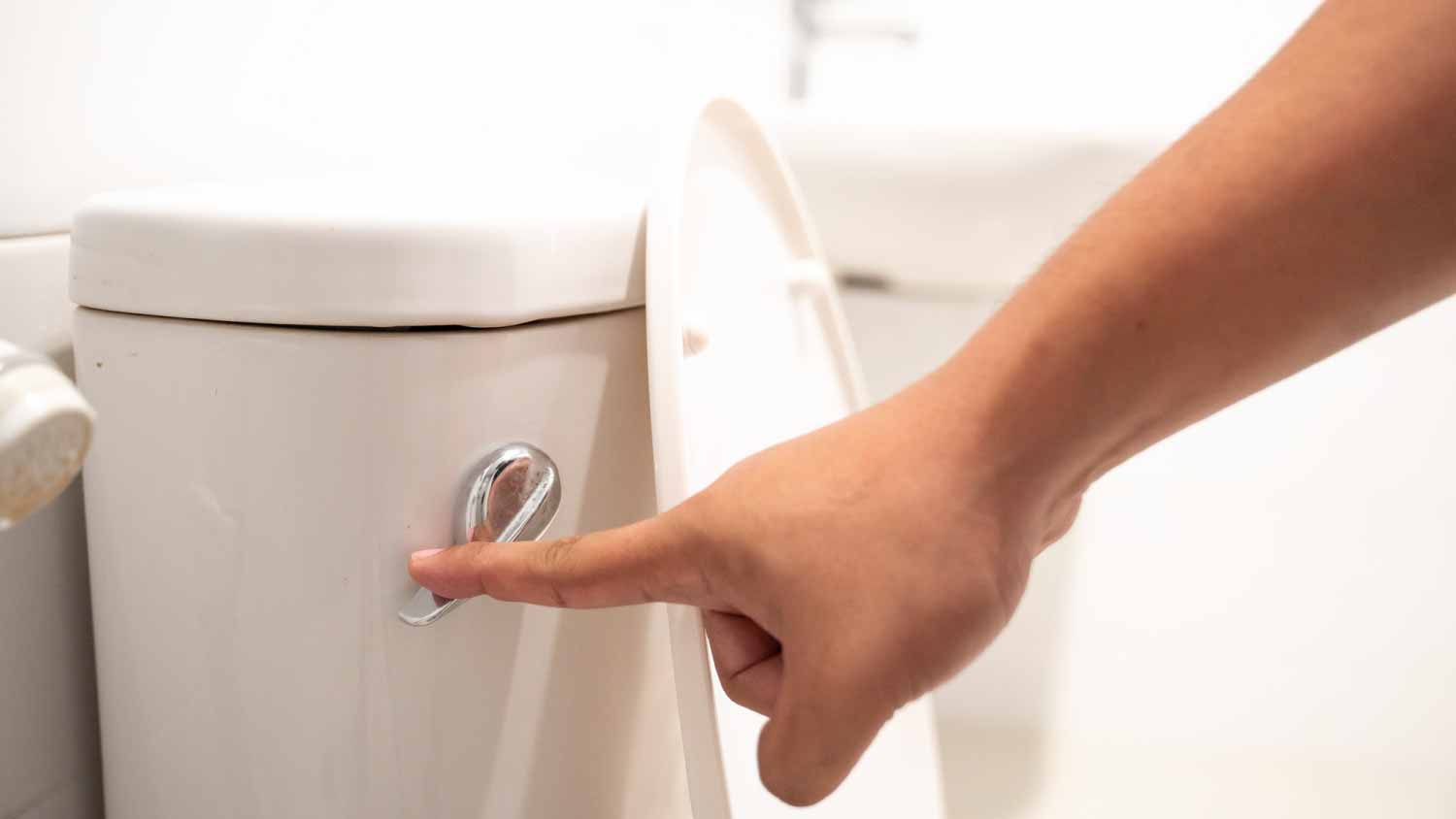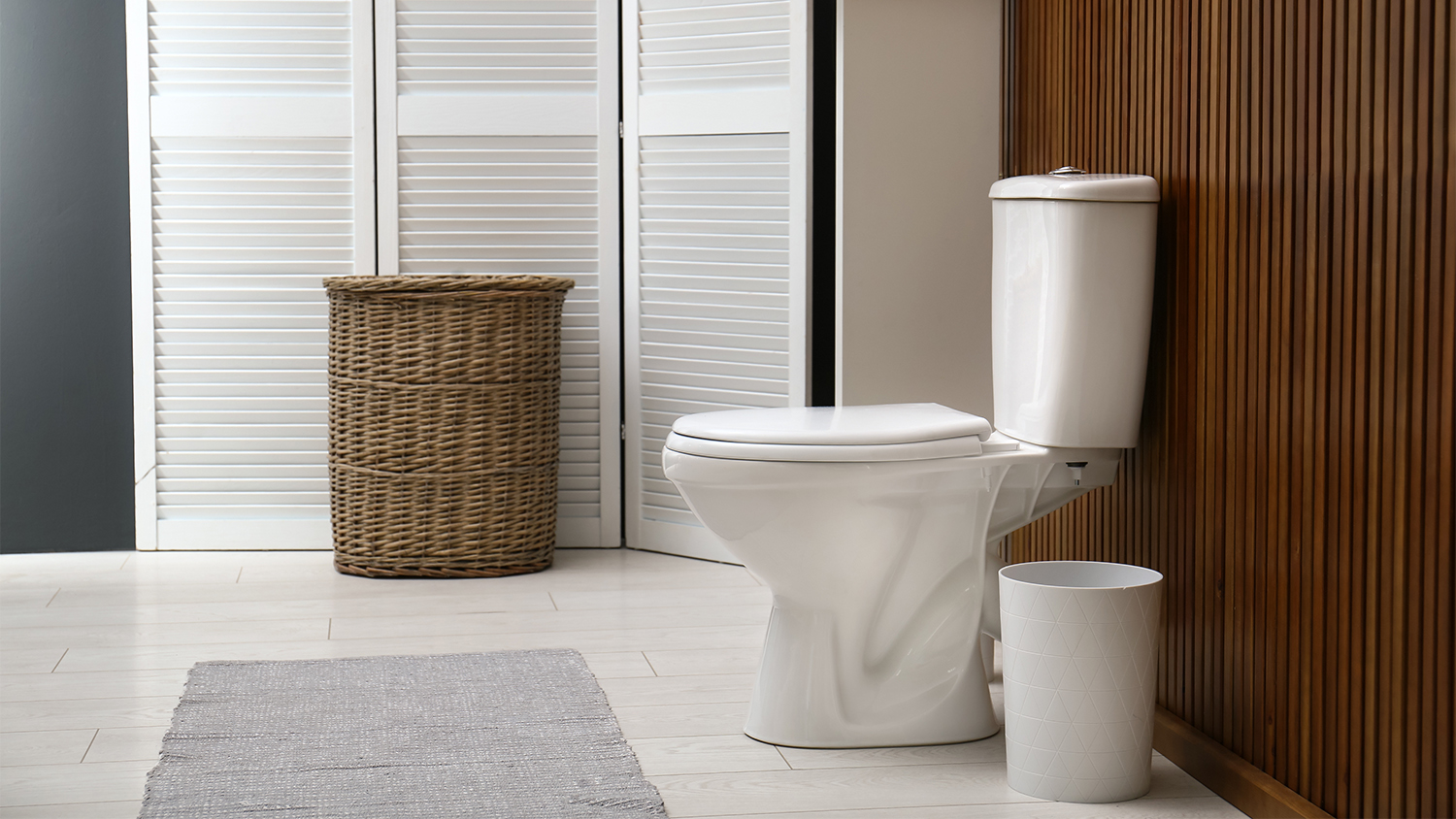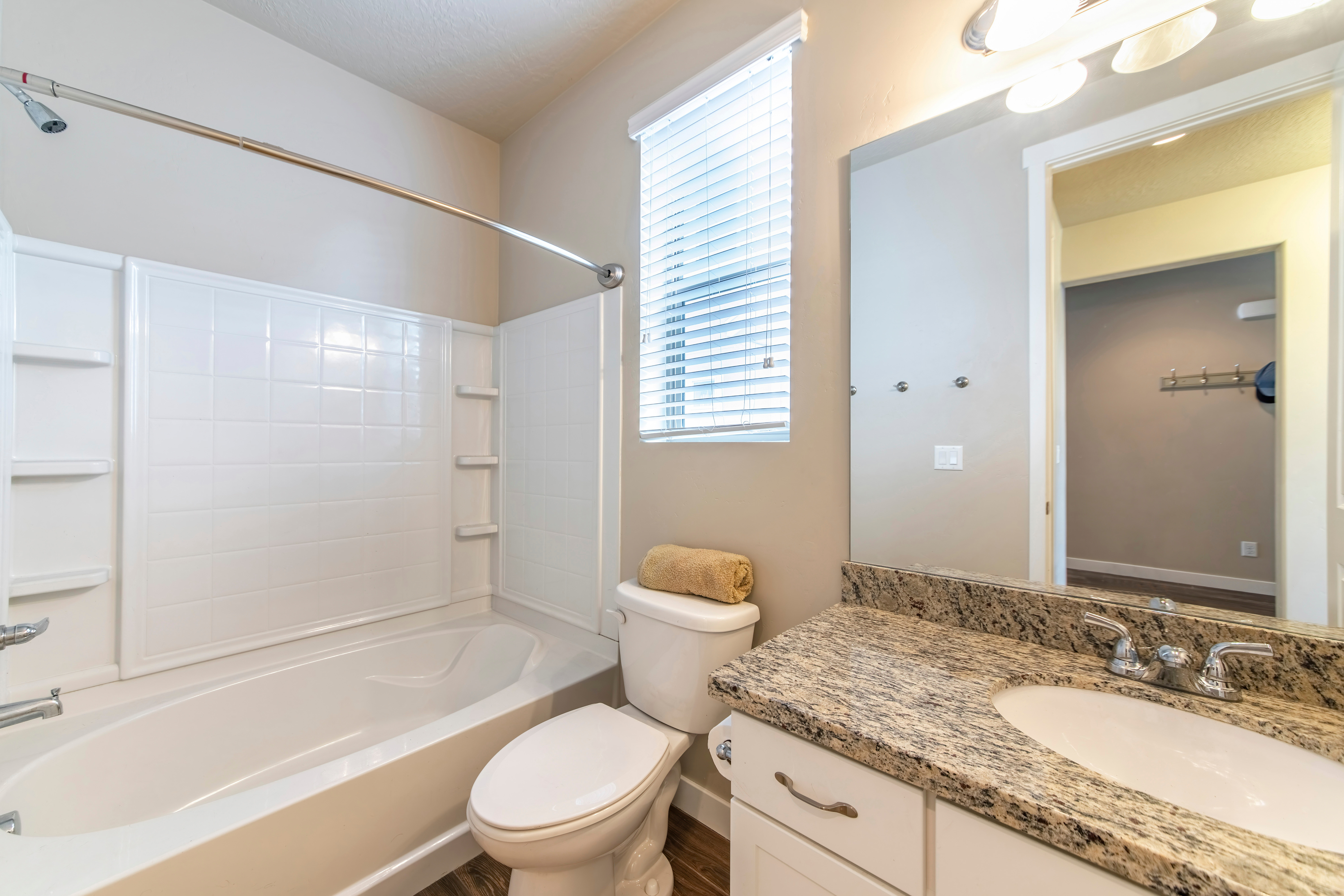
Need to know what sewer line replacement costs in Seattle, WA? This guide will help you prepare to budget for sewer line replacement done by local contractors.
Get your cesspool flowing with a deep clean


Experts have the training to use pumping and hydro-jetting equipment that homeowners are not permitted to rent or use in many areas.
Professionals know how to manage sewage, toxic gases, and hazardous waste safely, sparing homeowners from exposure.
A trained technician can identify structural issues, overflow risks, and damage that may not be visible when attempting a partial clean yourself.
Septic tank experts understand how to clean a cesspool without harming the bacteria that keep your system functioning.
For safe, thorough, and legal cleaning, it’s always best to work with a local septic tank cleaner.
Your cesspool holds all the wastewater from your home, so keeping it clean is key to comfortable living. Most cesspools need to be cleaned every 2–4 years, but sometimes a clogged or full cesspool can take you by surprise a bit earlier. Dive deep into cesspool cleaning tips and learn the signs that tell you it’s ready for its next clean.
A cesspool is a large underground tank that holds wastewater and allows it to drain gradually into the surrounding soil through small holes in the base and sides of the tank. Inside the tank, anaerobic bacteria digest the wastewater and help it to break down for easier outflow.
Unlike septic tanks which filter waste through an outer pipe, cesspools don’t have any compartments or filtering systems. This means that they tend to fill up more quickly than modern septic tanks and have a higher risk of clogs.
They also pose a greater risk to the environment, which is why they’re no longer built for new homes and are even illegal in some areas. If you’re buying a house with a cesspool, you may want to factor in the cost of eventually converting the cesspool to a septic tank.
Most cesspools need to be pumped out every 2 to 4 years, or every 3 to 5 years for infrequently-used cesspools at vacation homes and cottages. However, there are a few signs of cesspool problems that may alert you that it needs some attention before those years are up.
If you’ve noticed that your drains are a little sluggish or completely blocked, it can indicate a clog or a full cesspool. Toilets that are slow to flush, water pooling around the shower drain, and sinks that don’t drain are all signs that your cesspool might need to be emptied and cleaned.
Clogged cesspools can often leave a smell like sewage or rotten eggs. These smells are usually strongest around plumbing and drains, but you might also notice a smell outside near the opening of your cesspool.
Puddles near your cesspool can mean it’s on the verge of overflowing. These can start out as damp patches, which may attract insects or cause a bloom in plant life. If you’ve noticed a sudden growth of grass or weeds in the area around your cesspool, take a closer look to see if there’s more obvious moisture nearby.
There are three basic methods for cleaning a cesspool: pumping, aeration, and hydro-jetting. We’ll take a quick look at the steps for each.

Cesspool pumping is the most common cesspool cleaning method and involves fully emptying the tank of solids, liquids, and sludge (partially dissolved solids). This is typically done every 2–4 years as part of standard cesspool maintenance.
To pump your cesspool:
Uncover the cesspool: Cesspools have an opening at the top, which is typically covered by a layer of ground. Before the cesspool can be pumped, you’ll need to remove the soil to access the manhole cover.
Pump the cesspool: You’ll typically need professionals to do this (in many states, it’s illegal to do it without a license). A septic company will bring in a large truck, pump out the tank, and remove all the waste.
Cover the ground: Replace the cesspool cover and any soil that previously covered the area.
Unlike pumping, aeration is a process you can usually do yourself. You’ll need an aerator machine and sulfuric acid as well as basic safety gear like goggles and gloves.
To aerate your cesspool:
Uncover the cesspool: Cesspools have an opening at the top, which is typically covered by a layer of ground. Remove the soil to access the manhole cover.
Attach the aerator: An aerator is a machine that uses pressurized air to break up the solids inside your cesspool. Following the instructions on the machine, attach the aerator to the cesspool opening and turn it on.
Add the sulfuric acid: This helps dissolve the solids inside the cesspool so it can drain properly. The amount of acid will depend on the size of your cesspool. Only add a small bit of acid as too much can damage your septic system.
Cover the ground: Replace the cesspool cover and any soil that previously covered the area.
Aeration is a good way to tackle an issue like a clogged cesspool, but it shouldn’t be the default for cleaning. Overuse of sulfuric acid can harm the bacteria that make your cesspool work, so it’s still best to stick to pumping for regular maintenance. Only aerate when you need to fix an unexpected issue.
Hydro-jetting is a good alternative to pumping, but it’s tough to manage yourself. This is mainly because it requires heavy-duty hydro-jetting equipment that’s hard to use and even harder to purchase for non-commercial use.
To hydro-jet your cesspool:
Uncover the cesspool: Cesspools have an opening at the top, which is typically covered by a layer of ground. Remove the soil to access the manhole cover.
Jet the cesspool: The septic cleaning company will attach the hydro-jet equipment to the cesspool opening and use high-pressure water to break apart solids inside the tank. The water and broken solids then flow out through the cesspool holes.
Cover the ground: Replace the cesspool cover and any soil that previously covered the area.
By design, cesspools require more maintenance than modern septic tanks. However, taking good care of your cesspool can help you avoid serious problems and reduce the frequency of pumping.

There’s no delicate way to put this—too much TP can clog the cesspool. When wastewater flows into the cesspool, solids sink to the bottom and liquids flow out through the holes in the side. If solid levels rise too quickly (before the bacteria can process everything), it can clog the outflow holes.
There’s no reason to stress about normal toilet paper use, but it’s a good idea to try and avoid flushing tissue or wet wipes down the toilet that might contribute to a high solid waste level.
Some other culprits for cesspool clogs include kitchen grease and food scraps. Grease and plumbing don’t mix in general, but grease can be especially risky for the drainage holes in your cesspool.
Avoid pouring any grease down the drain, and try to catch food scraps with the sink guard rather than letting them flow into your plumbing system.
While clogs are one of the most common cesspool issues, your sewage system is also vulnerable to contamination. Any hazardous waste that makes its way into the cesspool can pose a serious health hazard, as it all drains into the surrounding environment. Avoid letting any chemicals or non-natural waste find their way into your cesspool.
There are parts of cesspool cleaning that are relatively easy to do yourself. Uncovering the cesspool and recovering the ground area around the opening doesn’t require any specialized tools and can save you money on labor. You can also aerate yourself, but it’s best not to rely on this for regular maintenance.
When it comes to pumping the cesspool or using a hydro-jet, it’s best to leave it to the pros. Both methods require specialized equipment that typically requires a license to operate. Since a well-maintained cesspool only needs to be pumped out every 2 to 4 years, it’s worth it to bring in a local septic tank cleaning company near you to keep your system flowing smoothly.
From average costs to expert advice, get all the answers you need to get your job done.

Need to know what sewer line replacement costs in Seattle, WA? This guide will help you prepare to budget for sewer line replacement done by local contractors.

Need to know what sewer line replacement costs in Kansas City, MO? This guide will help you prepare to budget for sewer line replacement done by local contractors.

Need to know what sewer line replacement costs in Tampa, FL? This guide will help you prepare to budget for sewer line replacement done by local contractors.

Septic systems make use of septic lateral lines to disperse treated waste into the soil. Learn about the process and the types of lateral lines in this guide.

Need to know what sewer line replacement costs in Houston, TX? This guide will help you prepare to budget for sewer line replacement done by local contractors.

Your lot might require an alternative septic system based on location and soil conditions. Learn all about alternative septic systems and their costs.